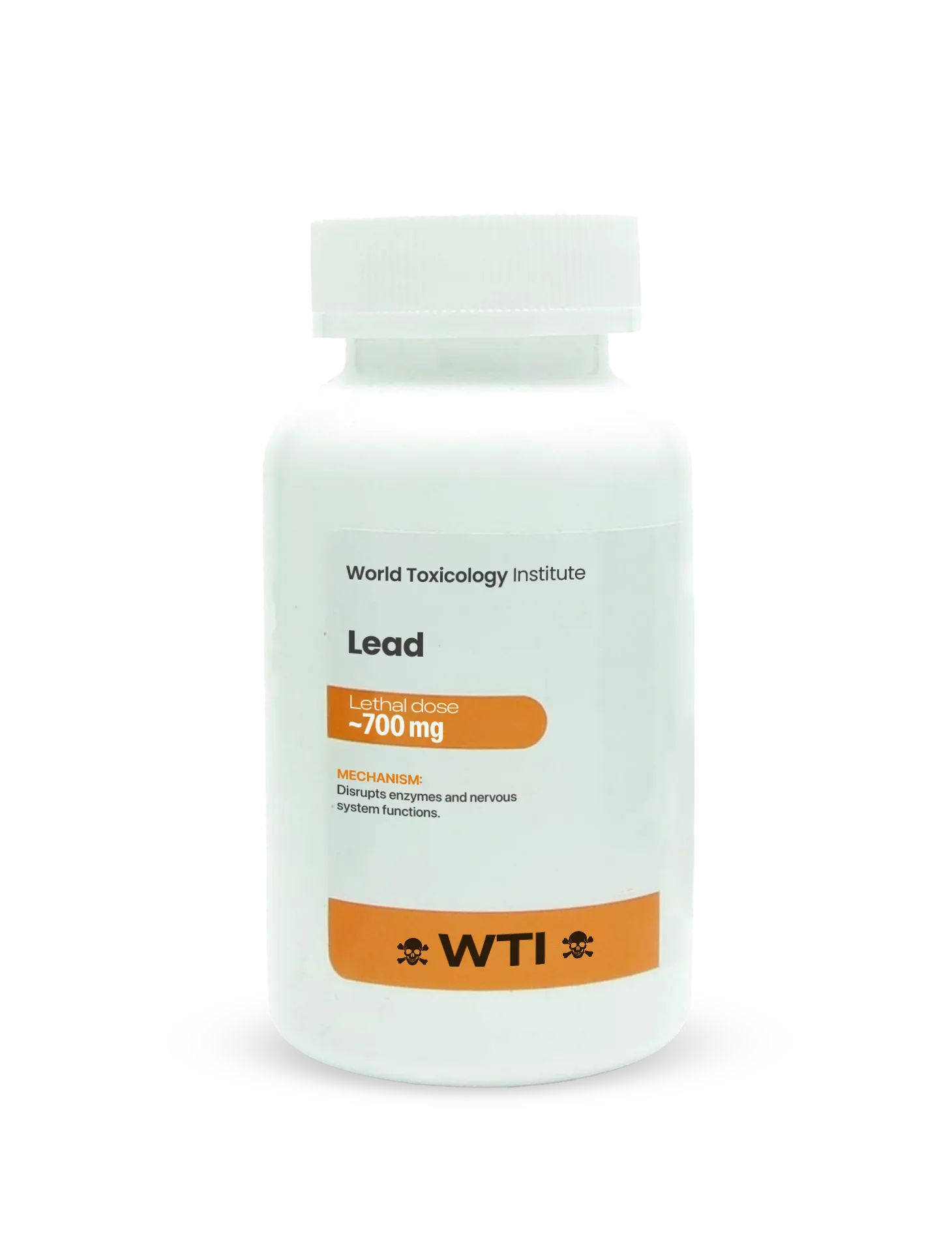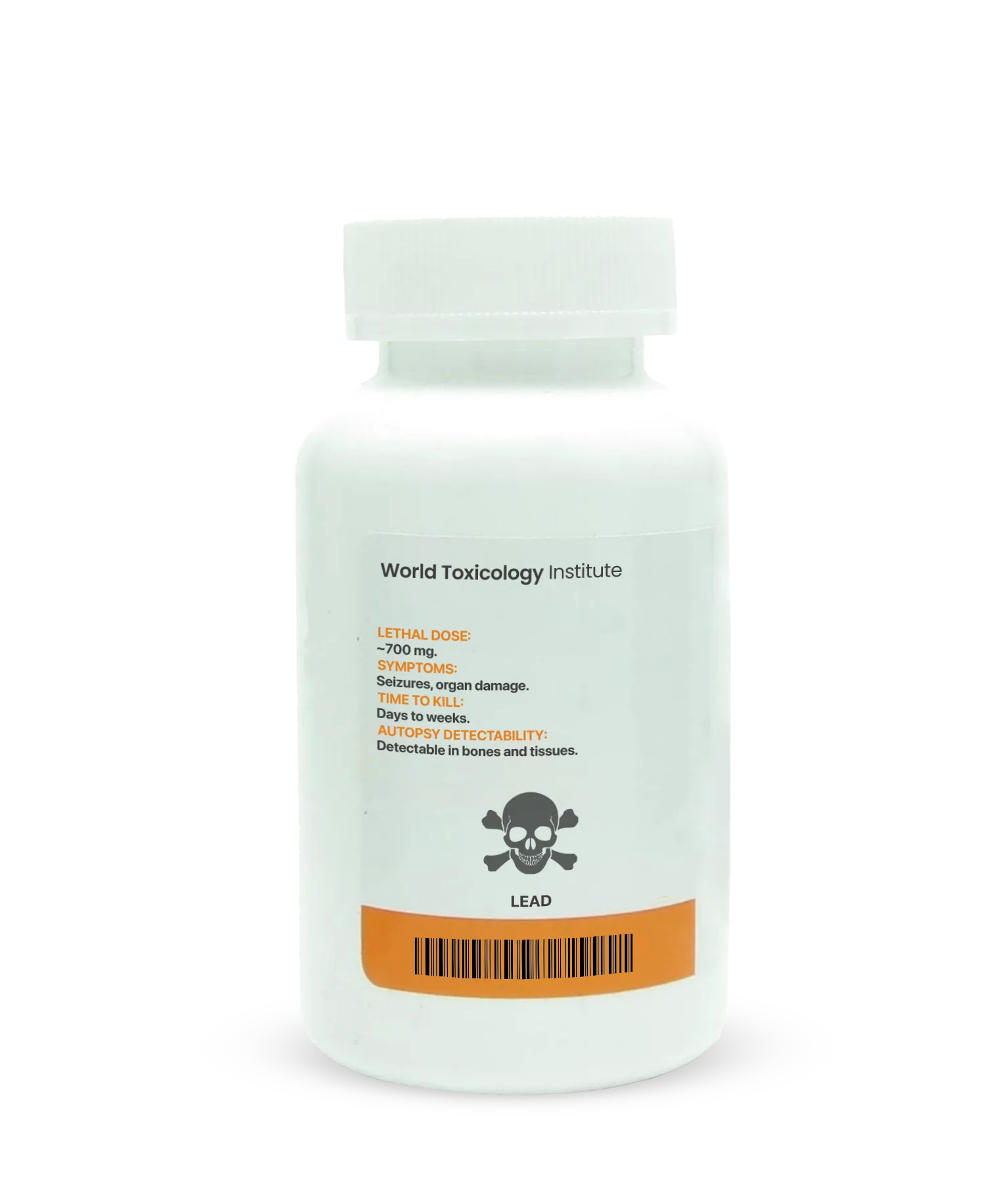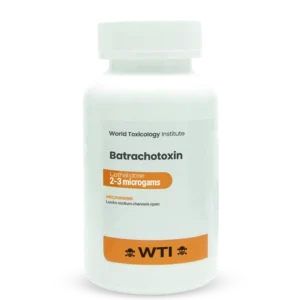Description
Lead Poisoning: A Comprehensive Overview
Introduction
Lead is a heavy metal that has been used for various purposes throughout history, including in paints, plumbing, gasoline, and batteries. Despite its widespread applications, lead is highly toxic and can cause severe health issues in humans and animals. Lead poisoning is particularly dangerous for *****ren, as it can have long-lasting effects on their development and cognitive function. This article will explore the sources, mechanisms of action, symptoms, treatment options, and prevention strategies associated with lead poisoning.
Properties of Lead
- Chemical Symbol: Pb (from the Latin word “plumbum”)
- Atomic Number: 82
- Atomic Weight: 207.2 g/mol
- Appearance: Dense, malleable, bluish-white metal that tarnishes to a dull gray.
- Melting Point: 327.5 °C (621.5 °F)
- Boiling Point: 1749 °C (3180 °F)
- Density: 11.34 g/cm³
Sources of Lead Exposure
Lead can enter the human body through various sources:
- Paint: Lead-based paints were commonly used in homes built before 1978. Deteriorating lead paint can produce lead dust and chips.
- Plumbing: Lead pipes, fixtures, and solder used in plumbing systems can leach lead into drinking water.
- Soil: Lead contamination can occur in soil due to leaded gasoline, industrial activities, or deteriorating lead-based paint.
- Occupational Exposure: Workers in industries such as construction, battery manufacturing, and metal recycling are at risk of lead exposure.
- Imported Products: Some imported toys, cosmetics, and traditional medicines may contain lead.
- Traditional Remedies and Cosmetics: Certain herbal remedies and cosmetics, especially from other countries, may contain lead as an ingredient.
- Hobbies: Activities such as shooting, stained glass making, and home renovation can expose individuals to lead.
Mechanism of Action
Lead exerts its toxic effects through several mechanisms:
- Neurological Effects: Lead interferes with the normal functioning of neurotransmitters and disrupts synaptic transmission. It affects brain development and function, leading to cognitive deficits and behavioral issues.
- Hematological Effects: Lead inhibits the synthesis of hemoglobin, leading to anemia. It interferes with enzymes involved in heme production, causing a decrease in red blood cell production.
- Renal Effects: Lead accumulation in the kidneys can lead to nephrotoxicity and impaired renal function.
- Endocrine Disruption: Lead can interfere with hormone regulation, affecting various physiological processes, including growth and metabolism.
- Immune System Effects: Chronic lead exposure can compromise the immune system, making individuals more susceptible to infections.
Symptoms of Lead Poisoning
Symptoms of lead poisoning can vary depending on the level and duration of exposure. They can be categorized into acute and chronic symptoms.
- Acute Symptoms:
- Abdominal pain and cramping
- Nausea and vomiting
- Diarrhea
- Headaches
- Fatigue
- Confusion or cognitive impairment
- Chronic Symptoms:
- Developmental delays in *****ren
- Learning difficulties
- Reduced IQ and attention span
- Behavioral problems, including aggression and hyperactivity
- Hearing loss
- Seizures
- Peripheral neuropathy (numbness or tingling in extremities)
Lethal Dose
The lethal dose of lead varies based on individual susceptibility, age, and overall health. Chronic exposure to lead can lead to severe health effects, but it is generally difficult to establish a specific lethal dose due to the cumulative nature of lead toxicity.
Time Needed to Kill
Lead poisoning is typically a chronic condition, and symptoms can develop over months or years of exposure. In acute cases, particularly in ***** *****ren, severe lead poisoning can result in serious complications or death within weeks if not treated.
Detection in Autopsy
Lead poisoning can often be identified during an autopsy through:
- Blood Tests: Elevated lead levels can be detected in the blood prior to death.
- Tissue Analysis: Examination of various tissues, especially bones, kidneys, and liver, can reveal lead accumulation.
- Histopathological Examination: Autopsy may show signs of damage to organs affected by lead toxicity, including brain atrophy or kidney damage.
Antidote and Treatment
There is no specific antidote for lead poisoning, but several treatment strategies can help manage the condition:
- Removal from Exposure: The first step is to eliminate the source of lead exposure.
- Chelation Therapy: In cases of severe lead poisoning, chelating agents such as EDTA (ethylenediaminetetraacetic acid) or DMSA (dimercaptosuccinic acid) can be administered to bind lead in the bloodstream and facilitate its excretion.
- Supportive Care: Supportive treatment may include nutritional support, hydration, and management of symptoms.
- Regular Monitoring: Follow-up blood tests to monitor lead levels and assess the effectiveness of treatment.
Prevention
Preventive measures are crucial to reducing the risk of lead poisoning:
- Public Awareness: Education about lead hazards, especially in homes built before 1978, can help families take necessary precautions.
- Lead Testing: Regular testing of homes, soil, and water for lead contamination can identify risks early.
- Safe Renovation Practices: Use lead-safe work practices during renovations in older homes to prevent lead dust exposure.
- Occupational Safety: Implementing strict safety regulations in industries that use lead can protect workers.
- *****hood Screening: Regular blood lead level screenings for ***** *****ren, especially in high-risk areas, can aid in early detection and intervention.
Conclusion
Lead poisoning remains a significant public health concern worldwide. Understanding its sources, mechanisms of action, symptoms, and prevention strategies is essential for reducing exposure and mitigating its harmful effects. By raising awareness and implementing effective public health measures, we can help protect vulnerable populations, particularly *****ren, from the dangers of lead toxicity.
Lead toxicity, symptoms of lead poisoning, treatment for lead poisoning, lead exposure sources, prevention of lead poisoning, lead health risks, acute lead poisoning, chronic lead exposure, lead in drinking water, lead in paint, occupational lead exposure, lead chelation therapy.








Reviews
There are no reviews yet.